
Cellphone Usage Goes Up to 5 hours a Day! Stay Safe While Out & About with Security Tips from Panda
An interesting piece of news came out recently. According to analytics firm Flurry, US consumers spend up to 5 hours each day on their mobile devices. That’s right: 300 minutes per day. Or to put it differently, a whopping 35 hours every week. It’s a lot more than television by the way. The research firm claims this level of usage is a 20 percent increase compared with the fourth quarter of 2015. If keep on the same growth in percentage, very soon we will be spending more time staring at the little screen rather than sleeping.
That’s what we call real news. But is that surprising? Well, not really.
The uptake of mobile devices has been phenomenal, experiencing eye-watering high year-on-year growth. No wonder all big industry players have launched mobile phones with ever larger screens, not to mention a broad range of tablets to suit all budgets. In the US alone, mobile connections now exceed the actual population of the country; and over half the population access social media from mobile devices – a six percent growth since last year.
So it’s fair to say mobile devices have become a hub for everyday activities, from banking to shopping. Of course, we still make phone calls with our devices… though less and less, with free texting having cannibalized our communication habits.
We’ve moved into an era where phones would be totally unrecognizable to Alexander Graham Bell, the man credited with having invented the telephone (though, perhaps more accurately, he was the first to obtain a patent for his invention, back in in 1876).
So what does it mean when it comes to security?
Are your mobile habits putting your safety at risk?
Hackers can nowadays use malicious apps or unsecured networks to access vital pieces of information sitting on your mobile device. According to software experts Panda Security, there are some simple steps you can take to stay safe:
- Phones have become increasingly loaded with sensitive data so being hacked is more of a risk. Set a secure password from the outset and combine it with biometric protection, if the device enables it.
- Android or iOS operating systems can be vulnerable to hacks. Installing regular updates and patches will help ensure your software is providing the best level of protection available.
- Clean-up and backup your phone regularly, by exporting your data for safe storage. And while you’re at it delete any old apps you’re not using anymore – don’t let them access your user data such as your location!
- Always access the Internet via secure Wi-Fi networks. Unsecured networks may allow nearby hackers to intercept your data – do not let them get you! In addition, please do not do any shopping or banking on a public Wi-Fi network, that’s a recipe for disaster.
- If you get text messages from unknown senders asking for personal information, just delete them. If you click on links in those messages, you hackers take advantage of you and install malware on your device phone. Don’t download apps by text message as this is a popular way for criminals to infect your mobile phone.
Having in mind, some people spend a total of 35 hours a week on their phones, it is safe to say, some of the digital print they leave may contain sensitive information. If you are one of those people, keep doing what you are doing as here at Panda we are making sure you are protected!
The post Cellphone Usage Increases by 20% since 2015 appeared first on Panda Security Mediacenter.
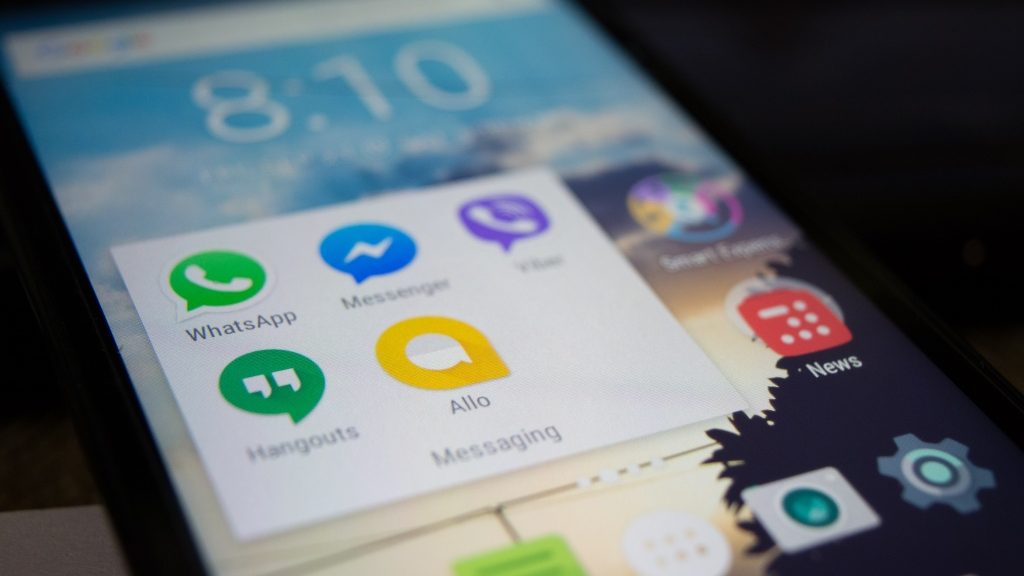
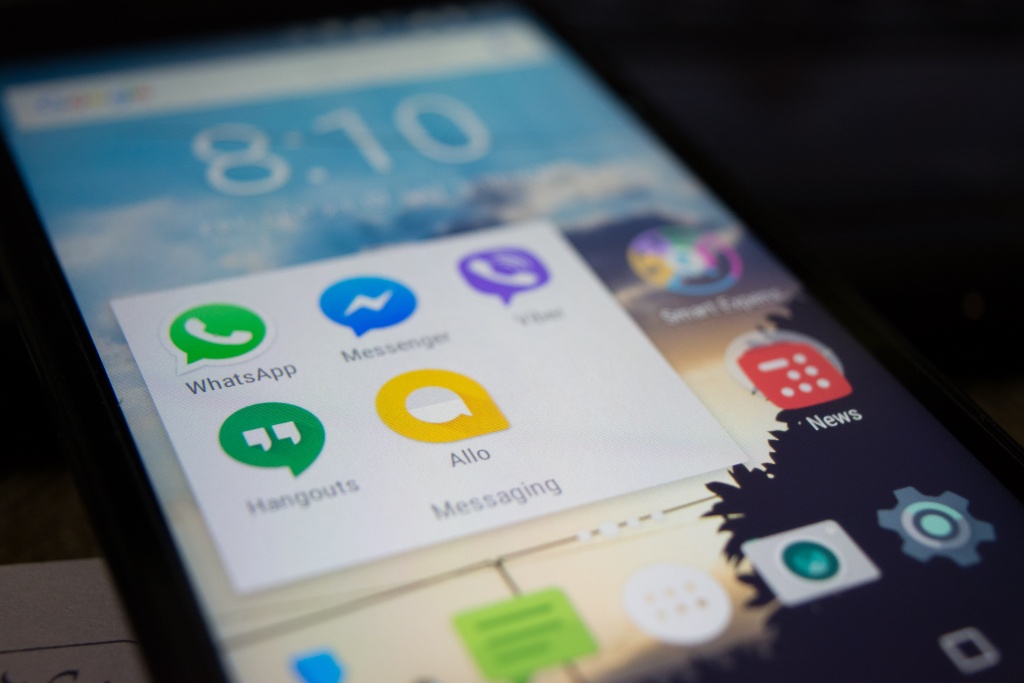
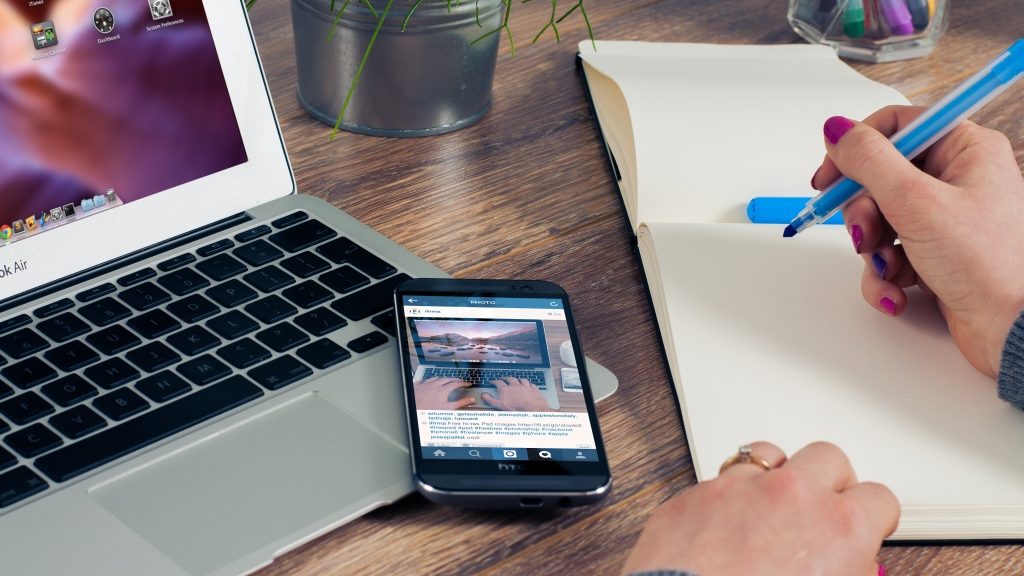

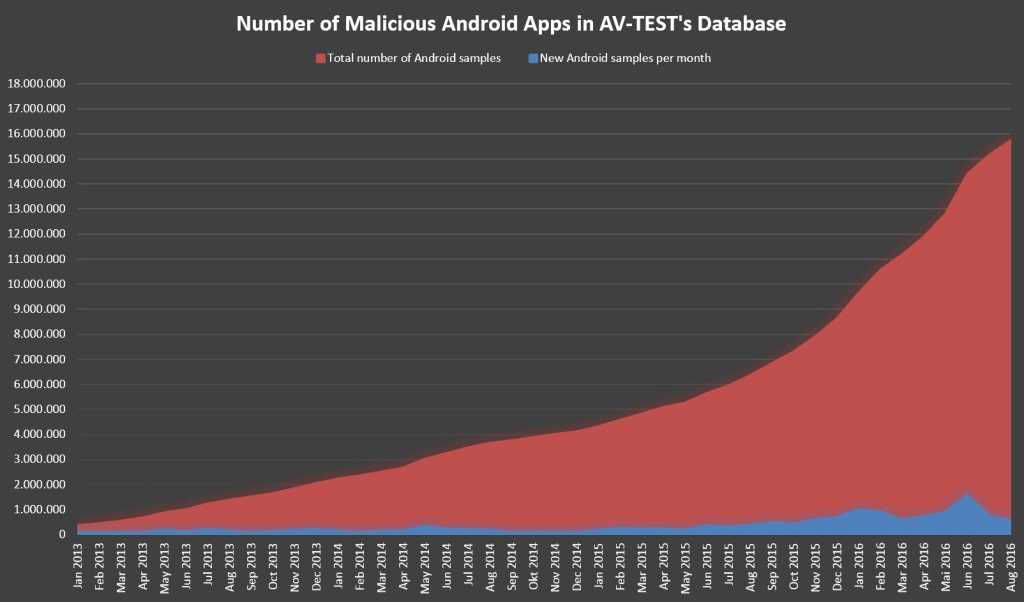
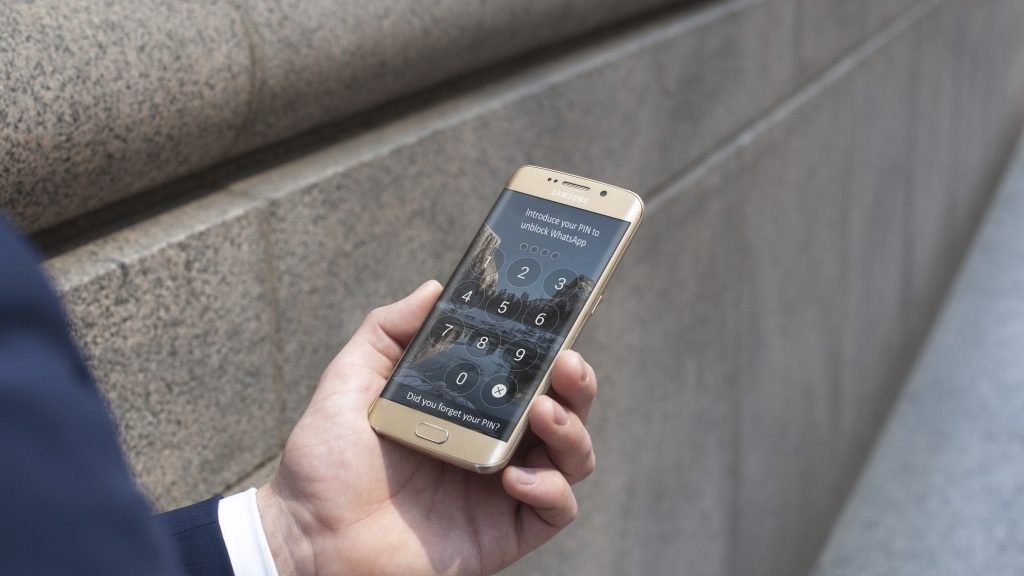
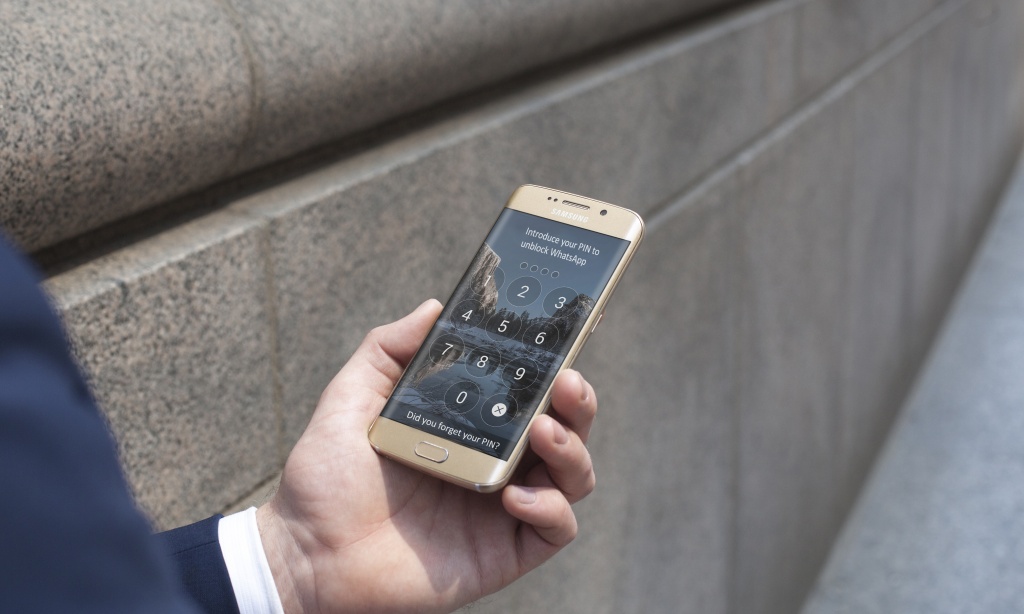
 Application control allows you to block access to your apps using a PIN code. You will be able to block access to your private information. With this feature, you can:
Application control allows you to block access to your apps using a PIN code. You will be able to block access to your private information. With this feature, you can: